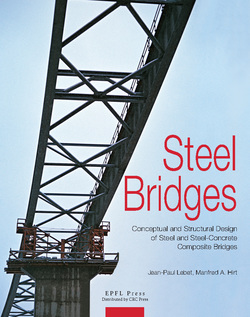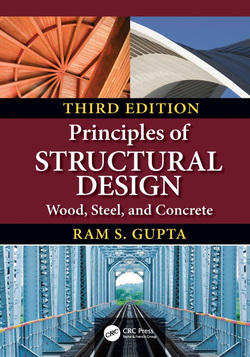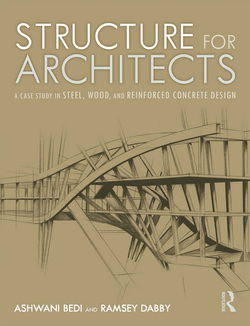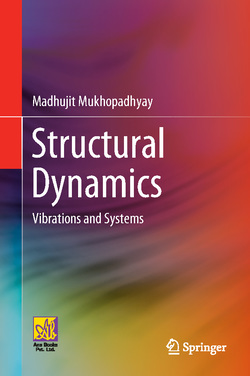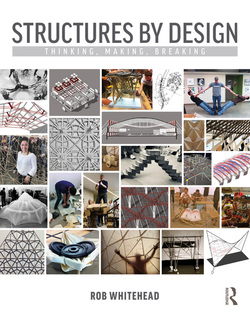اصول اساسی سازه های بتنی

این کتاب بر اساس آخرین نسخه از طراحی قوانین برای ساختمانها و پلها (GB50010-2010, JTG D62-2004)، با مواد فولاد و بتن آغاز میشود که خواص آنها برای رفتار مکانیکی اجزای سازه بتنی بسیار مهم هستند. اجزای بتن مسطح و پیشتنیده تحت انواع اساسی بارگذاری (تنش، فشار، خمش، برش و پیچش) و اقدامات زیستمحیطی بهصورت گامبهگام و تحلیلی معرفی میشوند. از ویژگیهای این کتاب که آن را از دیگر کتابهای درسی سازههای بتنی متمایز میکند این است که تأکید بیشتری بر نظریههای اساسی بتن مسطح و استفاده از نظریههای اساسی در طراحی سازههای جدید و تحلیل سازههای موجود دارد. مثالها و مسائل در هر فصل با دقت برای پوشش هر نکته علمی مهم طراحی شده است. این کتاب هم بر مسائل تئوری و هم شیوههای مهندسی تمرکز دارد.
سال انتشار: 2015 | 620 صفحه | حجم فایل: 22 مگابایت | زبان: انگلیسی
Basic Principles of Concrete Structures
نویسنده
Xianglin Gu, Xianyu Jin, Yong Zhou
ناشر
Springer
ISBN10:
366248563X
ISBN13:
9783662485637
قیمت: 16000 تومان
برچسبها: بتن تحلیل سازه سازه سازه های بتنی طراحی سازه
Based on the latest version of designing codes both for buildings and bridges (GB50010-2010 and JTG D62-2004), this book starts from steel and concrete materials, whose properties are very important to the mechanical behavior of concrete structural members. Step by step, analysis of reinforced and prestressed concrete members under basic loading types (tension, compression, flexure, shearing and torsion) and environmental actions are introduced. The characteristic of the book that distinguishes it from other textbooks on concrete structures is that more emphasis has been laid on the basic theories of reinforced concrete and the application of the basic theories in design of new structures and analysis of existing structures. Examples and problems in each chapter are carefully designed to cover every important knowledge point. As a basic course for undergraduates majoring in civil engineering, this course is different from either the previously learnt mechanics courses or the design courses to be learnt. Compared with mechanics courses, the basic theories of reinforced concrete structures cannot be solely derived by theoretical analysis. And compared with design courses, this course emphasizes the introduction of basic theories rather than simply being a translation of design specifications. The book will focus on both the theoretical derivations and the engineering practices.
